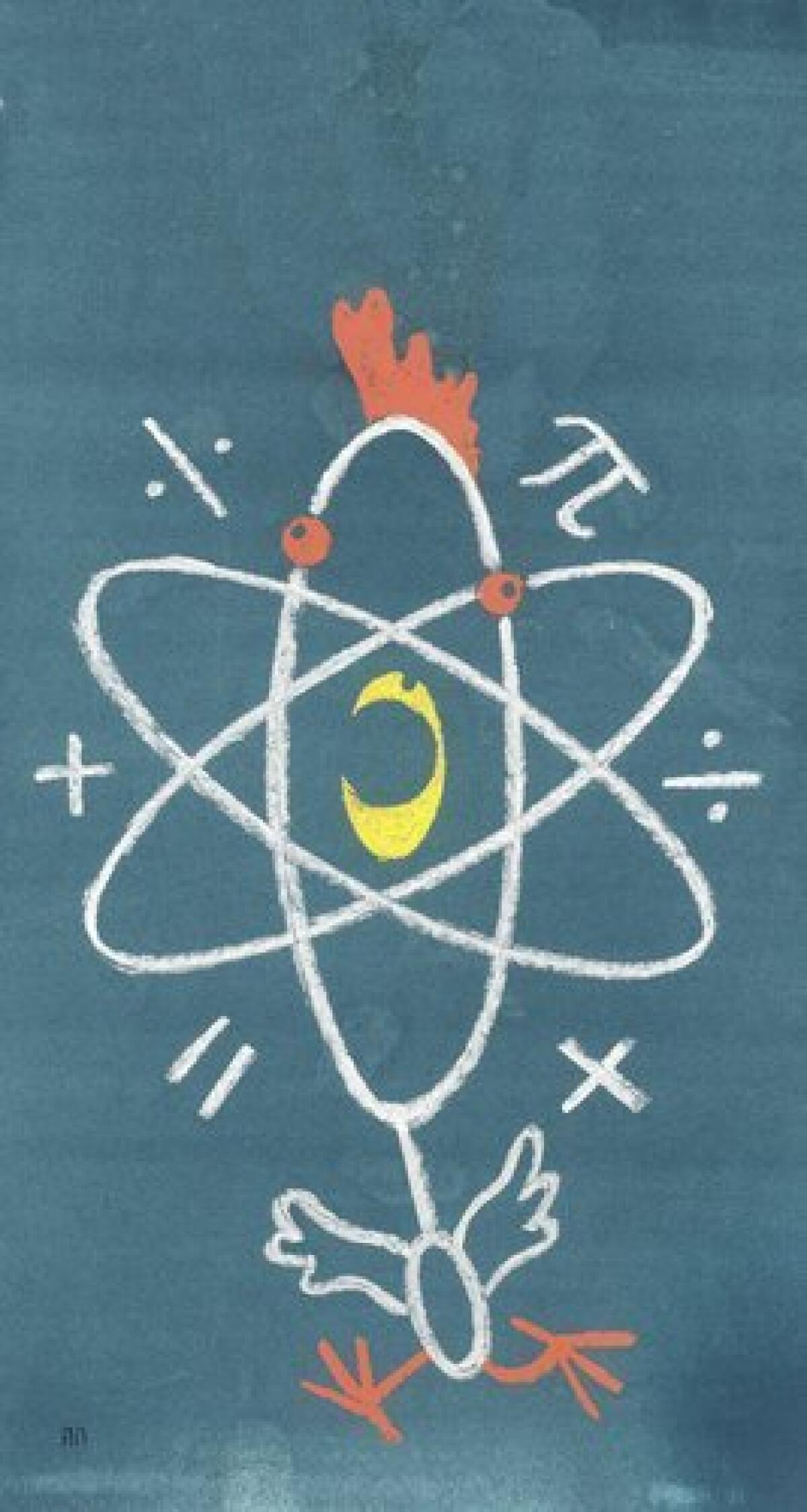Op-Ed: Is the U.S. losing the tech race?

- Share via
We’ve all heard the dire pronouncements: U.S. science and technology is losing ground to its global competitors because of a nationwide shortage of scientists and engineers, due primarily to the many failures of K-12 education. But are these gloomy assertions accurate?
Nearly all of the independent scholars and analysts who have examined the claims of widespread shortages have found little or no evidence to support them. Salaries in these occupations are generally flat, and unemployment rates are about the same or higher than in others requiring advanced education.
Science and engineering occupations are indeed crucial to modern economies, but they account for only a small part — about 5% — of the workforce. There is some evidence of too few professionals in certain fields that currently are hot, such as social media and petroleum engineering, or in localized hot spots such as Silicon Valley.
But in a wide range of other science and engineering fields, and in most parts of the country, the supply appears ample and sometimes excessive. In the large field of biomedical research, for example, talented young PhDs are facing daunting career challenges, with only about 1 in 5 likely to find the tenure-track academic posts to which most of them aspire.
Claims that the United States is falling behind its competitors abroad are not new. We have seen at least five fear-initiated cycles of “alarm/boom/bust” going back to World War II. Typically, the alarm is sounded that we are falling behind, policymakers rush to increase financial support for research and education, demand booms and a few years later a large new crop of scientists and engineers bursts on the scene. But then — as we have seen again and again — the boom wanes and a generation of scientists and engineers is left scrambling.
This is what happened with the aerospace boom in the 1960s, for example. Spurred in part by Sputnik and President Kennedy’s call for catching up to the Soviet Union in the space race, America produced a large new generation of scientists and engineers. Initially, they found ready and exciting employment, but once the U.S. beat the Soviets to the moon in 1969, political passion and public funding dwindled.
It may be that we are now in the middle of another such cycle of alarm, boom and bust. This time it would be wise to evaluate the alarms soberly, proceeding with more caution than in the past.
None of this should be taken as justification to weaken efforts to improve science and math education at the K-12 and community college levels. Competence in science, technology, engineering and mathematics — the so-called STEM subjects — has become essential to success in a wide range of careers, as well as to informed citizenship in the 21st century.
U.S. schools currently produce large numbers of high-performing science and math students (about one-third of the world’s total in science) but also very large numbers of students with low test scores that partly explain the less-than-stellar U.S. rankings in international comparisons. This is a reflection of educational and economic inequalities that need to be addressed energetically, but it is not a reason to urge every American student to pursue a STEM degree.
Students with talent and enthusiasm for science and engineering should be strongly encouraged to pursue their interest in such careers, and informed that most do offer higher earnings than in many humanities and arts fields. Yet they also need to know about large differences in career prospects among science and engineering specialties, and to understand that conditions can and do change dramatically over time, sometimes even during the period it takes to pursue a degree.
Given such uncertainties, students who major in science and engineering must recognize that employers value not only strong specialized skills but also broader knowledge and capabilities. They want employees who can communicate clearly with non-specialists, work effectively in multi-specialty teams and understand the basics of business and management.
Radical changes in K-12 education cannot be justified on the basis of pervasive but largely unfounded claims of widespread shortages of scientists and engineers.
That said, there are many even stronger reasons to continue to improve science and math education. At the K-12 level, special attention should be paid not only to increasing the number of high-performing schools and students but also to improving performance of students in the bottom 25%, whose math and science knowledge is below the basic minimum needed in a modern society.
At the college level, talented students majoring in science and engineering fields should keep their horizons broad, in recognition that their degrees might lead to unexpected career paths over time. And they should not be misled by exaggerated claims of shortages that ensure lucrative careers in all science and engineering occupations once they have their degrees.
Michael S. Teitelbaum is a senior research associate at Harvard Law School’s Labor and Worklife Program and the author of “Falling Behind? Boom, Bust, and the Global Race for Scientific Talent.”
More to Read
A cure for the common opinion
Get thought-provoking perspectives with our weekly newsletter.
You may occasionally receive promotional content from the Los Angeles Times.










